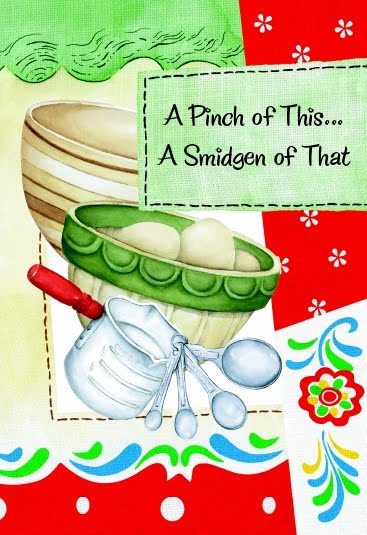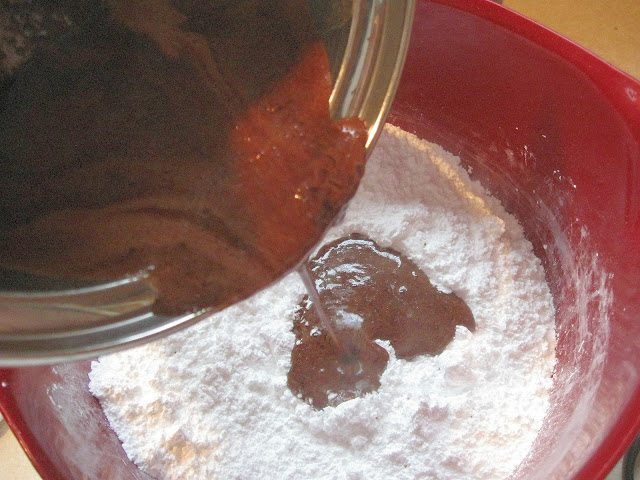
This coming Sunday is Palm Sunday for Christians around the world. Traditionally, Palm Sunday occurs between March 15 and April 18. This is an important and solemn day that honors Christ's triumphant entrance into Jerusalem. It is the Sunday before Easter, and begins the Christian commemoration of Holy Week.
On Palm Sunday Jesus entered the Holy City of Jerusalem surrounded by a crowd of followers. The palms disbursed by many churches signify the branches that were spread in on the road as Jesus approached. Little did they know the dark road that lay ahead of Him that week. Many who welcomed Him with palm branches would shout, "Crucify Him!" just a few days later.
This last Sunday of Lent is also called Passion Sunday. The Biblical accounts of the last days of Christ's life all agree that as He returned to Jerusalem to celebrate Passover with His followers, the crowds who were eager to proclaim him the Messiah, "Took branches of palm trees, and went forth to meet him, and cried, Hosanna: Blessed is the King of Israel that cometh in the name of the Lord." (John 12:13)
Today, many Christian churches traditionally hold services on Palm Sunday when leaves of palm, often shaped into crosses to symbolize Jesus' last hours on the cross, are given to the congregation. In many areas there are procession with the palm fronds to commemorate the journey of Christ. In churches that observe Ash Wednesday by giving ashes to their members at the beginning of Lent, these palms are burnt for use in this symbolic ceremony.
Tradition has always played an important part in the observance of Holy Week. In Great Britain, traditional foods served on Palm Sunday include fig pudding, because Jesus is said to have eaten figs on his entry into the city of Jerusalem. (I don't know if He actually ate figs or not, but the Bible says He cursed a fig tree that same week.) In Wales, the day is known as Flowering Sunday because of the association with the flowering of the fig tree. Making split pea soup is another tradition still observed in Northern England and Scotland, derived from the ancient practice of wearing a hard pea in the shoe as penance during Lent. (Ouch! How would you like to wear a pea in your shoe for 40 days?)
In other areas of the UK, pax cakes - along with best wishes for peace and brotherhood - are given out to congregations after Palm Sunday services in a custom said to date back to the 1500's.
In the Greek tradition, Lenten fast is broken with a fish dinner on Palm Sunday featuring bakaliaros or salt cod. In some parts of Italy, homemade fettuccini pasta topped with tomato sauce, bread crumbs and chopped nuts is the customary Palm Sunday dish.
More modern interpretations of appropriate foods to be eaten on Palm Sunday include hearts of palm featured in salads and side dishes to observe the day. (SOURCE: http://www.chiff.com/home_life/holiday/palm-sunday.htm)
As a child, I don't recall any particular "tradition" that my family observed on Palm Sunday, but as I've grown older and been able to study the biblical account of the event, it has been a good reminder to me of Christ's dark week of suffering, leading up to His crucifixion. Both Easter Sunday and Palm Sunday provide times to worship, followed by family dinners and quiet reflection about the price Jesus paid for us.
|





















No comments:
Post a Comment